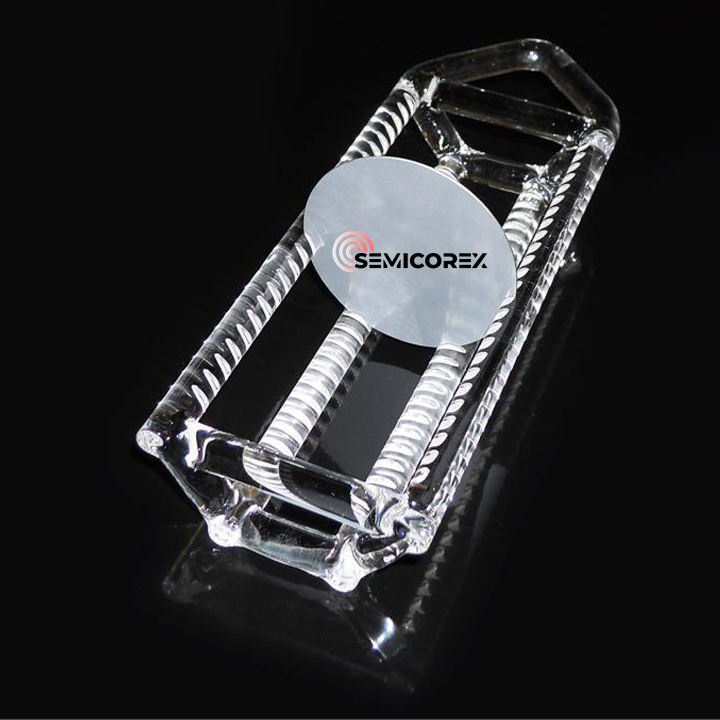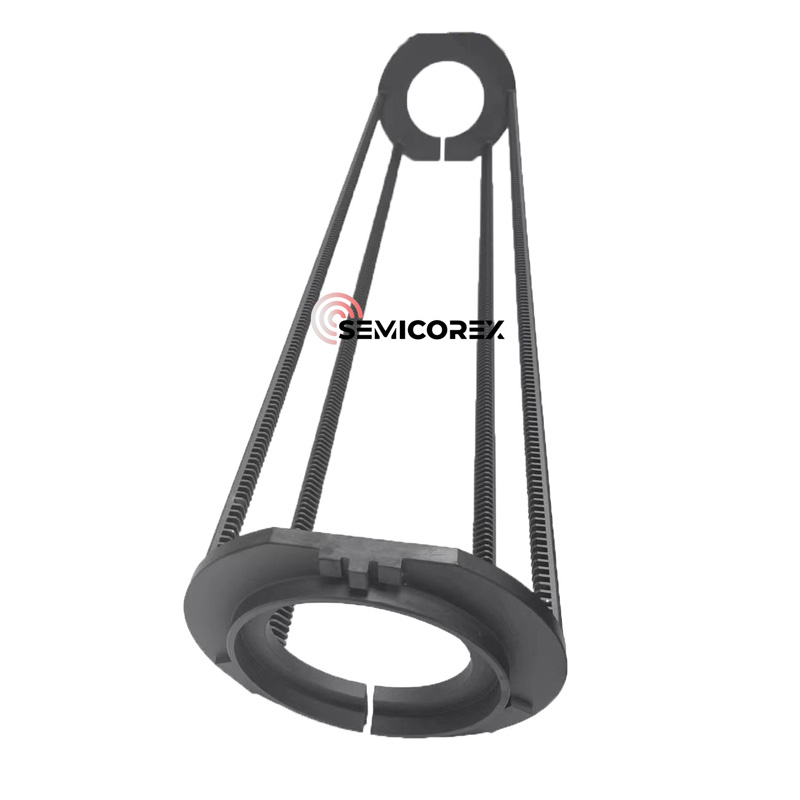
- English
- Español
- Português
- русский
- Français
- 日本語
- Deutsch
- tiếng Việt
- Italiano
- Nederlands
- ภาษาไทย
- Polski
- 한국어
- Svenska
- magyar
- Malay
- বাংলা ভাষার
- Dansk
- Suomi
- हिन्दी
- Pilipino
- Türkçe
- Gaeilge
- العربية
- Indonesia
- Norsk
- تمل
- český
- ελληνικά
- український
- Javanese
- فارسی
- தமிழ்
- తెలుగు
- नेपाली
- Burmese
- български
- ລາວ
- Latine
- Қазақша
- Euskal
- Azərbaycan
- Slovenský jazyk
- Македонски
- Lietuvos
- Eesti Keel
- Română
- Slovenski
- मराठी
- Srpski језик
SiC Boats vs. Quartz Boats: Current Usage and Future Trends in Semiconductor Manufacturing
2024-07-18
1. Substitution Dynamics: SiC Boats Challenging Quartz Boats
Both SiC and quartz boats serve similar functions in semiconductor manufacturing. However, SiC boats, despite their higher cost, offer superior performance, making them an increasingly attractive alternative to quartz boats, particularly in demanding solar cell processing equipment like Low-Pressure Chemical Vapor Deposition (LPCVD) and boron diffusion furnaces. In less demanding processes, both materials coexist, with price being a key deciding factor for manufacturers.

(1) Substitution in LPCVD and Boron Diffusion Furnaces
LPCVD is crucial for creating tunneling oxide layers and depositing polysilicon layers on solar cells. This process involves high temperatures where boats are susceptible to silicon deposition on their surfaces. Quartz, with its significantly different coefficient of thermal expansion compared to silicon, requires regular acid cleaning to remove these deposits and prevent cracking. This frequent cleaning, coupled with quartz’s lower high-temperature strength, leads to a shorter lifespan and increased operational costs.
SiC boats, on the other hand, possess a thermal expansion coefficient close to silicon, eliminating the need for acid cleaning. Their superior high-temperature strength further contributes to a longer lifespan, making them an ideal substitute for quartz in LPCVD processes.
Boron diffusion furnaces are used to create the P-type emitter on N-type silicon wafers by doping them with boron. The high temperatures involved in this process also pose a challenge for quartz boats due to their lower high-temperature strength. Again, SiC boats emerge as a suitable replacement, offering significantly higher durability in these demanding conditions.
(2) Substitution in Other Processing Equipment
While SiC boasts superior performance, its higher cost compared to quartz limits its adoption in less demanding applications where the lifespan difference between the two materials is less significant. Manufacturers often weigh the price-performance trade-off when making their selection. However, as production costs for SiC boats decrease and their market availability improves, they are expected to pose stronger competition, potentially triggering price adjustments that could further challenge the dominance of quartz boats.
2. Current Usage Rates: SiC Boats Gaining Ground
In the context of Passivated Emitter and Rear Cell (PERC) technology, boats are primarily used during front-side phosphorus diffusion and annealing. Tunnel Oxide Passivated Contact (TOPCon) technology, on the other hand, requires boats in front-side boron diffusion, LPCVD, rear-side phosphorus diffusion, and annealing.
Currently, SiC boats are mainly utilized in the LPCVD stage of TOPCon production. Although their application in boron diffusion is gaining traction and has passed initial validation tests, their overall adoption rate within the solar cell processing industry remains relatively low.

3. Future Trends: SiC Poised for Growth
Several factors point towards a promising future for SiC boats, with their market share expected to increase significantly. These factors include:
Superior Performance: SiC’s inherent material properties, particularly in high-temperature applications like LPCVD and boron diffusion, offer a clear advantage over quartz, translating to longer lifespans and reduced operational costs.
Industry Push for Cost Reduction: The photovoltaic industry is constantly striving for cost reduction and efficiency improvements. Larger wafer sizes are becoming increasingly popular as a means to achieve these goals. In this context, the superior performance and durability of SiC boats become even more valuable.
Growing Demand: As the solar energy sector continues to expand, the demand for high-performance, reliable components like SiC boats will inevitably rise.
While challenges remain, including scaling production to meet growing demand and ensuring consistent quality, the future of SiC boats in the semiconductor industry appears bright. Their superior performance, combined with the industry’s drive for cost-effective solutions, positions them as a key enabler of the next generation of solar cell manufacturing.




